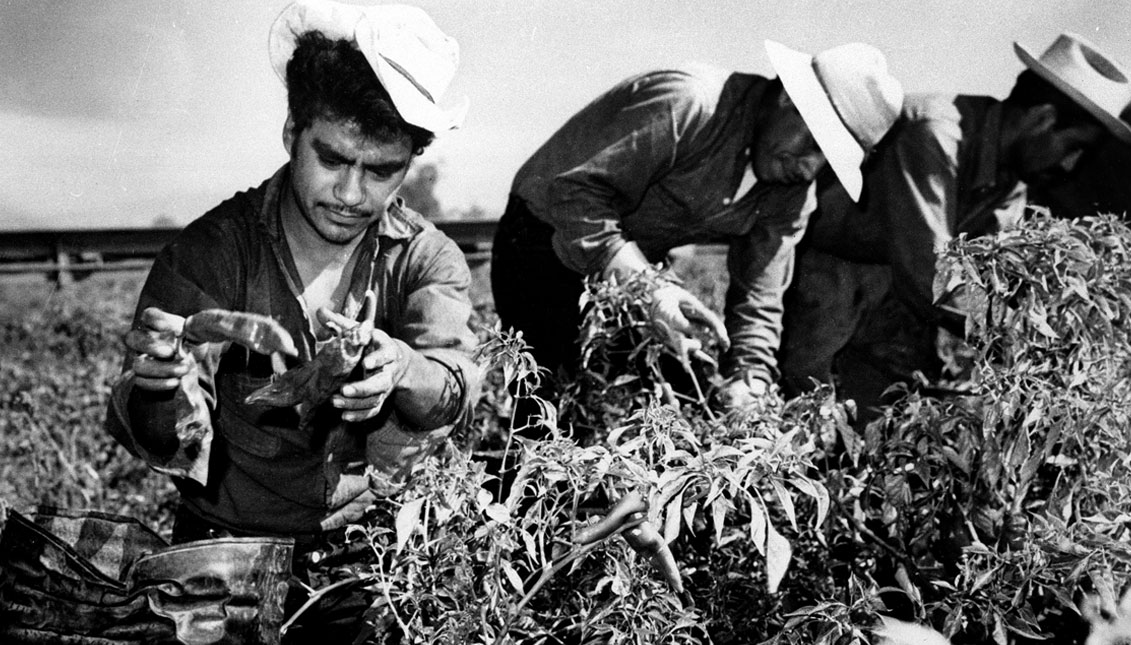
How long does enthusiasm last?
When President Roosevelt praised the "great enthusiasm" of Mexican farmworkers crossing the border, the world was not much different.
In June 1942, the U.S. president thanked His Excellency General Manuel Avila Camacho of Mexico for joining the declaration of war against Germany, Italy, and Japan, and laid the groundwork for what would be called the Bracero Program, where 3,000 Latino farmers would help feed the country and boost the economy.
Once the war was over, and as the country recovered from the economic and human impact of the two largest world conflicts in history, the concept of "humanity" was in full transformation.
Only nine years after Roosevelt embraced the support of the Mexican workforce, President Truman was transforming these workers into "illegal braceros" who were having a "depressing" effect on wages and "working conditions in agricultural areas throughout the Southwest.”
This was the beginning of a deep division between the two countries, which in many ways still exists today.
Amidst labor abuses, insecurity, lack of protection, and often no rights at all, by 1952 the U.S. Congress declared it illegal to hire undocumented labor in the country.
RELATED CONTENT
Many workers, as is the case today, preferred to stay on U.S. soil and run the risk, rather than return to their countries.
From 3,000 workers in 1942, the Mexican labor force grew to 445,197 in 1956. According to figures from the Department of Labor, there are currently 2.5 million farmers in the country, of which 48% do not have work permits.
Regardless of the conditions - so it's a worldwide pandemic - these men and women of all ages continue to farm the land and feed the country, while the government denies them any economic aid or health protection.
It is precisely the wars and world crises that bring out those who are truly essential to keep a country going.
The risk now is that, as experience tells us, history will repeat itself, and once the country returns to the dominance of the stock market, Wall Street and political tribalism, these workers will once again be simply "illegal immigrants.”










LEAVE A COMMENT:
Join the discussion! Leave a comment.